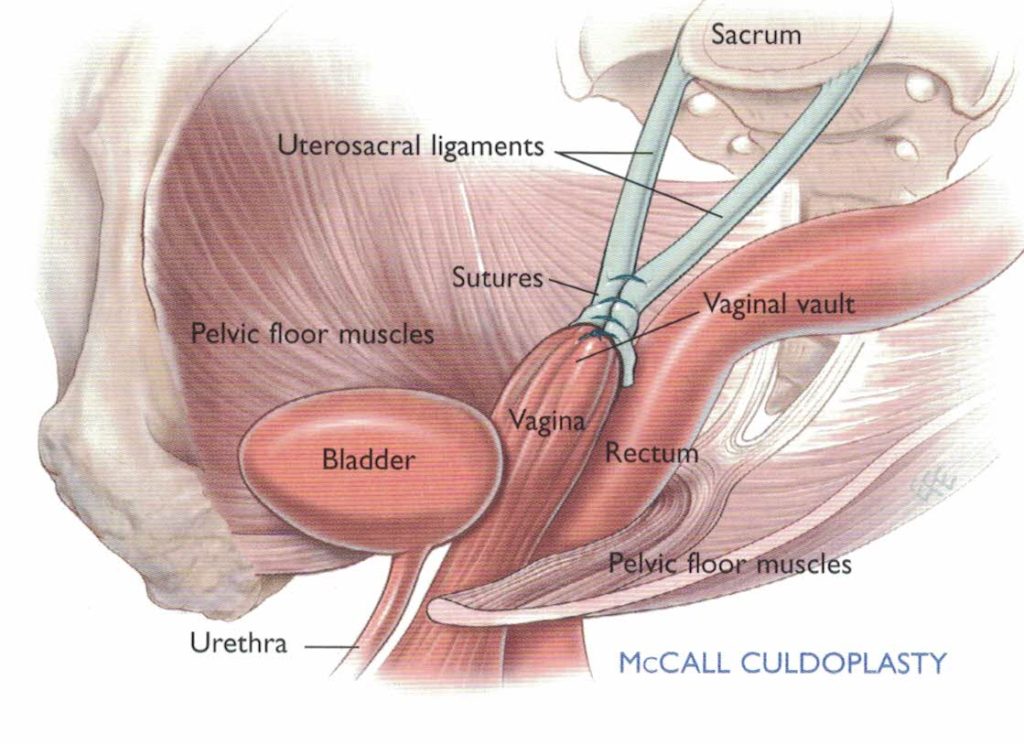What is a Laparoscopic Vault Suspension?
A Laparoscopic Vault Suspension is a minimally-invasive surgical procedure that is used to treat cases of vaginal vault prolapse. The aim of the surgery is to repair and support the vaginal vault in a way that does not interfere with vaginal capacity or sexual intercourse.

What is a Vaginal Vault Prolapse?
A vaginal vault prolapse occurs when the upper section of the vagina slips or drops into the vaginal canal. The prolapse generally occurs as a result of weakened or damaged pelvic muscles and tissues. Symptoms include vaginal heaviness or pressure, backache, the sense of something protruding into the vaginal canal or out of the vagina, and urinary incontinence, amongst others.
With years of experience in the gynecologic endoscopic surgery, he will be able to diagnose your condition accurately, discuss different treatment options with you, and advise you on the best course of action to take. Since a vaginal vault prolapse is sometimes accompanied by the prolapse of other pelvic organs (such as the bladder, rectum, urethra, or small bowel), do discuss each and every symptom you suspect you have in detail.

How is Laparoscopic Vault Suspension performed?
A standard pre-operative assessment will be conducted to assess the suitability of the procedure. Small incisions were made and a thin, tubular medical device with a mini-camera attached at one end (called a laparoscope) will be passed through one of these incisions. Uterosacral ligaments were identified on both sides, dissected away and reattached the prolapsed vaginal roof to a higher section of the uterosacral ligaments with permanent stitches. There is no synthetic mesh used during this surgery. This procedure focuses on replicating the actual anatomical support that the vaginal vault normally receives.
Benefits of Laparoscopic Vault Suspension Over Abdominal Surgery
Laparoscopy has several advantages over open surgery.
• Less pain
• Less invasive
• Shorter period of hospitalisation
• Faster recovery
• Minimal scarring
• Lower risk of complications
What are the risks associated with Laparoscopic Vault Suspension?
Like all other forms of surgery, Laparoscopic Vault Suspension can carry risks of:
• Bleeding
• Injury to surrounding structures like ureters, bowel and bladder
• Mild pain for one to two months
• Urinary problems (incontinence or retention)
• Infection
• Formation of fistulae (abnormal openings or connections between organs)
• Recurrence prolapse
